Thirty years ago, the grave of a rich Picen lady was discovered in Sirolo, possibly a princess or queen of this people: the excavated objects must have been of inestimable value at that time: a coach with seats for two, many jewels of glass beads, shells, and bronze glasses and a whole harness. The woman probably had a tremendously high status during her lifetime.
But who were the Picentes, that we keep on quoting everywhere in our blog, and whose footprints can be seen everywhere in Le Marche?
We know that sometimes history is not appealing to everyone, but for those who want to know more, we recommend a trip to the beautiful coastline around Monte Conero. In Numana there is a state antiquarium that exhibits the lady grave and other finds.
Every first Sunday of the month, admission is free, as in all state Italian museums.
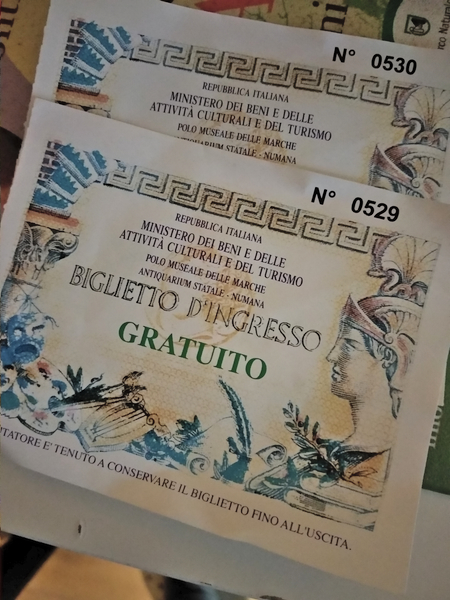
As soon as you enter the museum, you will begin a journey through time to the early history of this coastal region of Le Marche. After all, this is an area that has been inhabited for 200,000 years before Christ!
Part of the exhibition is dedicated to the Picentes. Every traveller to Italy has heard of the Etruscans, but the Picentes are less known, although they have inhabited an area since the 6th century BC that includes the present-day Marche and the north of the Abruzzo region. In the name of “Ascoli Piceno”, the province in the south of the Marche, we find the Picentes again.
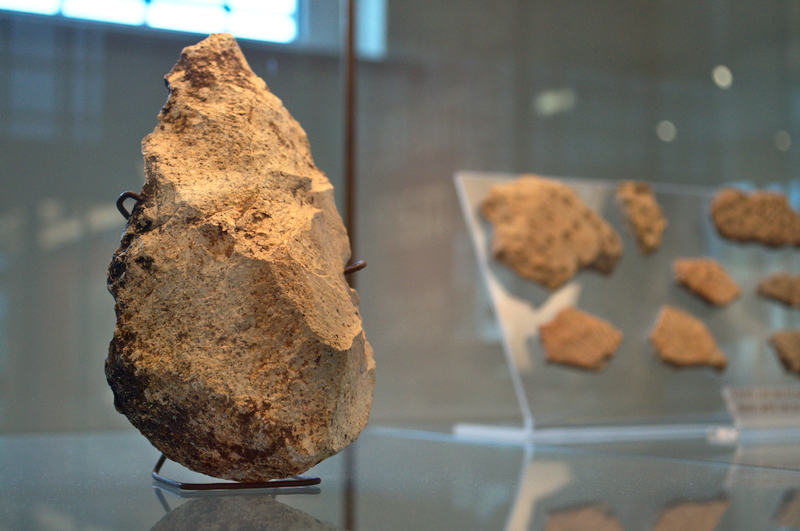

Legend has it that once upon a time, the Sabines (coming from the area around Rome) used to have a spring ritual: The young people should move out in the spring to find a new settlement area, under the guidance of the sacred green woodpecker (picus in Latin). That’s where the name ” Picentes ” comes from. The Marche region chose the woodpecker as the heraldic animal of the region.
Through the graves and necropolises (funeral sites) you can learn more about the way of life of these people: they were combative, but also had an eye for the trade. Because of the several Greek objects including bronze and amber found in the sites, we can assume that the trading with the near Greek was normal, and Numana was an important trading port.
The time travel in the museum ends with the Roman era, after the gradual disappearance of the Picentes. In the 3rd century they were still allies of the Romans in the Battle of Sentinum against the Gauls, Umbrians and Etruscans. But afterwards they were partly assimilated by the Romans (that is, they captured and lost their own identity) or expelled them.
This museum is really interesting and helpful to understand the history of the region. All explanations are bilingual in Italian and English. And because you do not need a full day, you can combine it with a visit to the charming coastal towns of Numana or Sirolo. Or in summer to visit one of the quiet beaches of Monte Conero with its crystal-clear waters.
After so much culture you have earned a good meal in one of the many fish restaurants: Elke is an expert on local restaurant, and she suggests “Lo Scottadito” in Numana, which her husband and her liked very much and which is also open in winter.
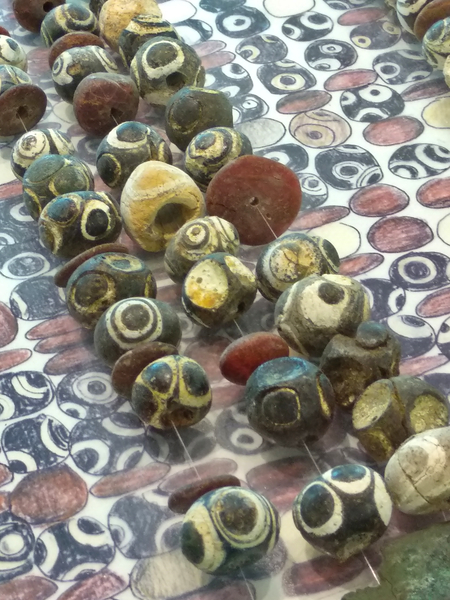
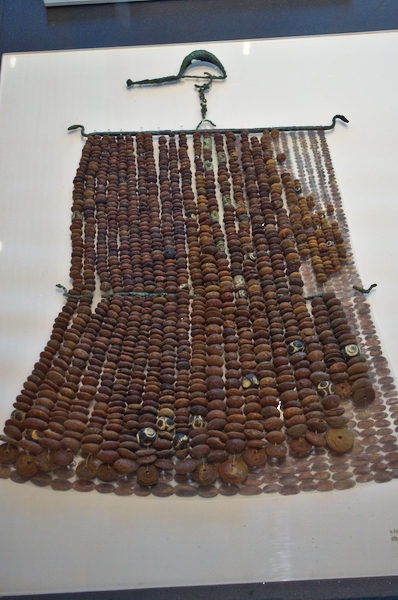
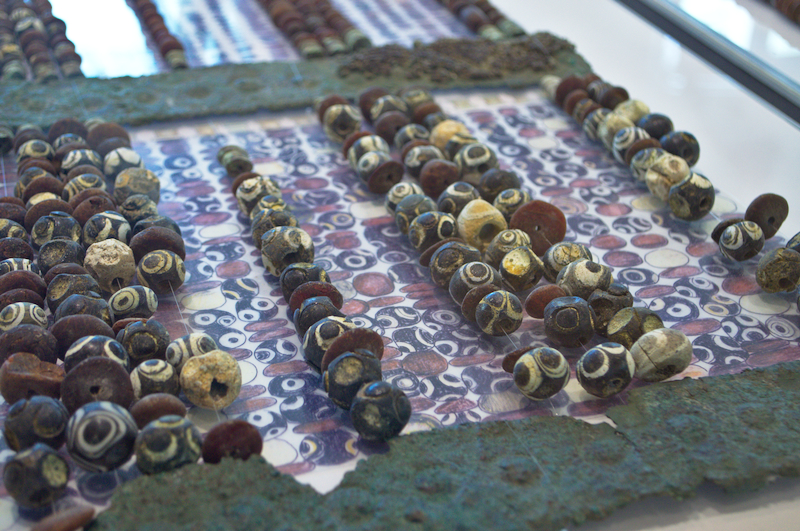
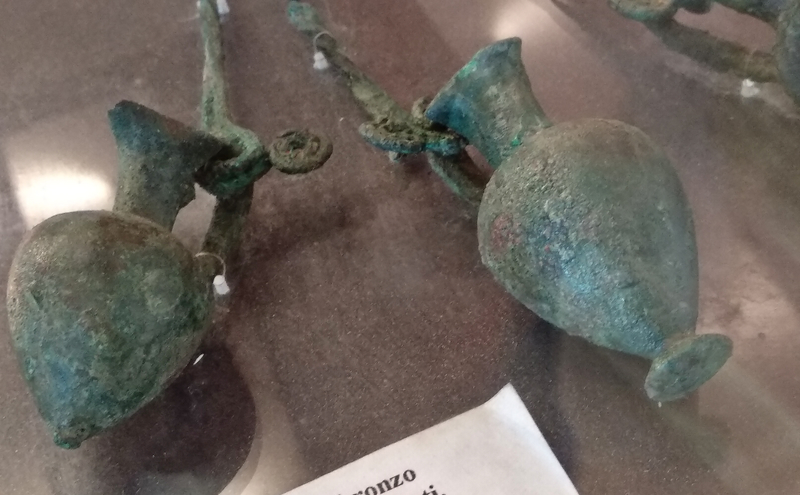
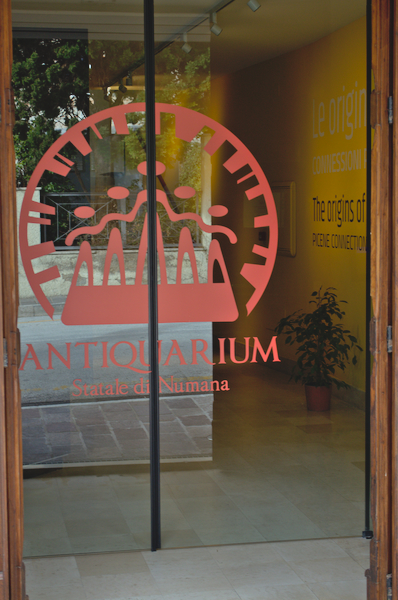
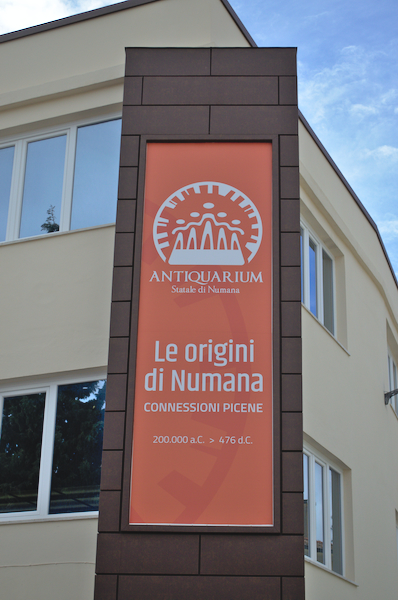
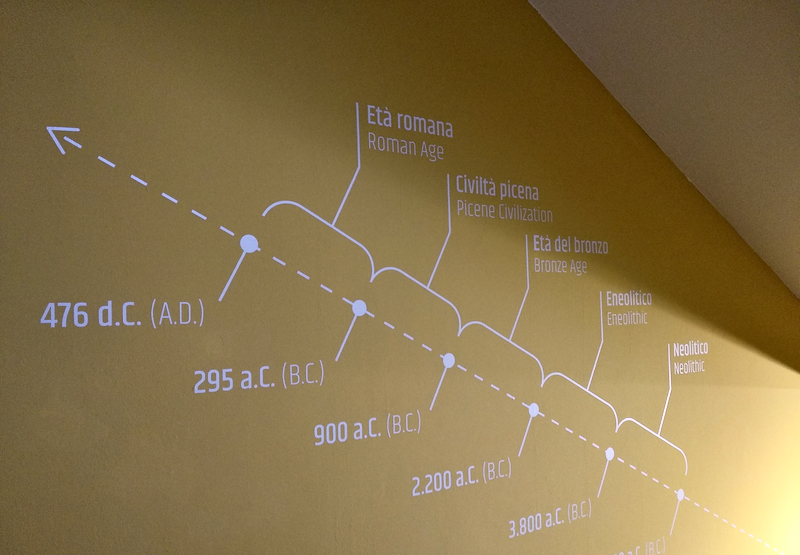
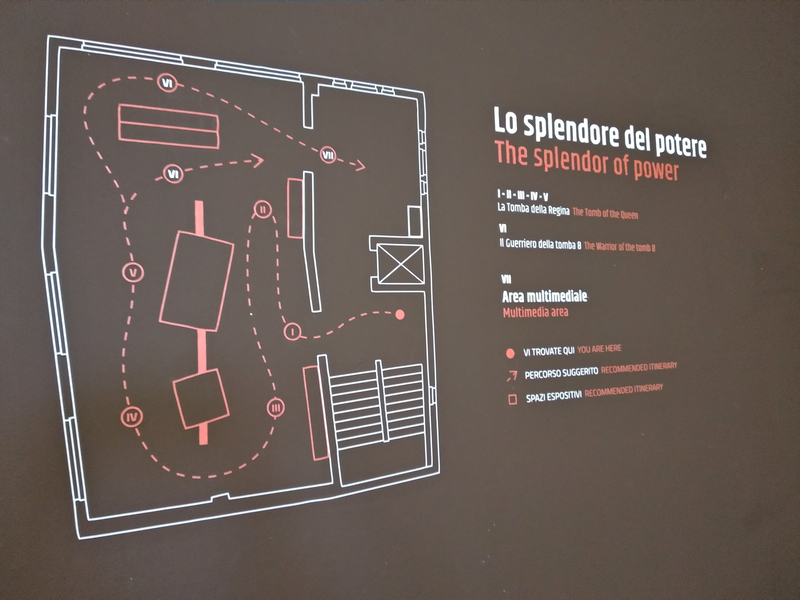
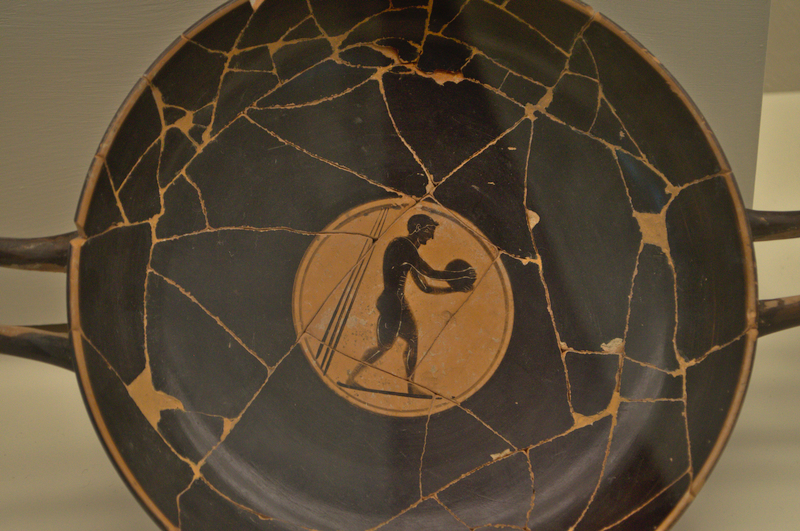
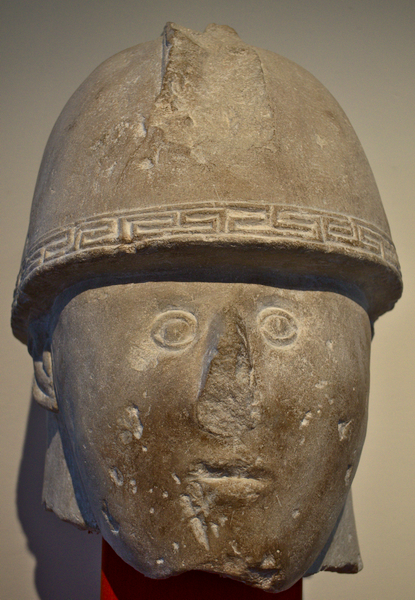
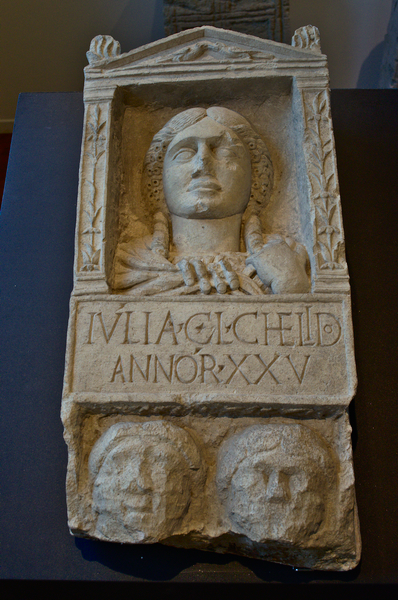

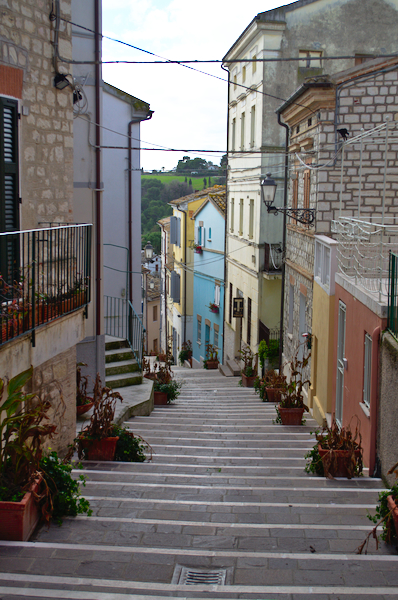

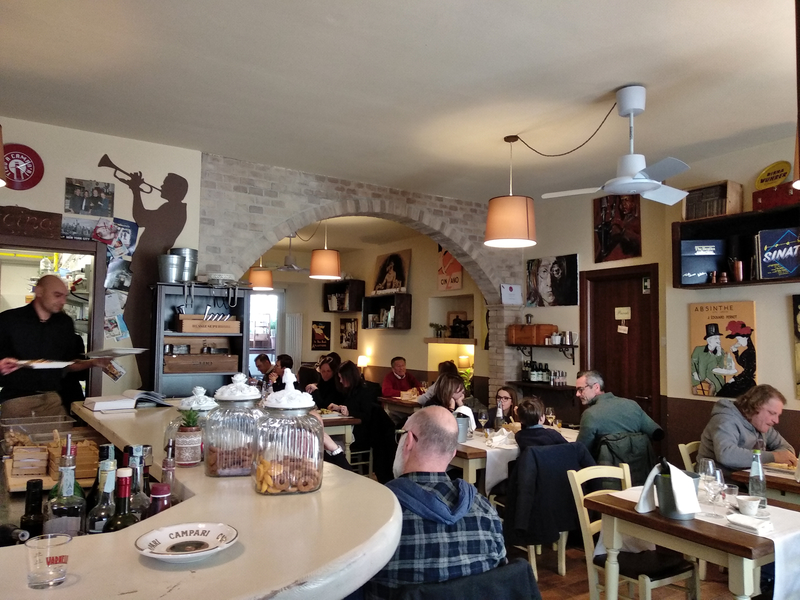
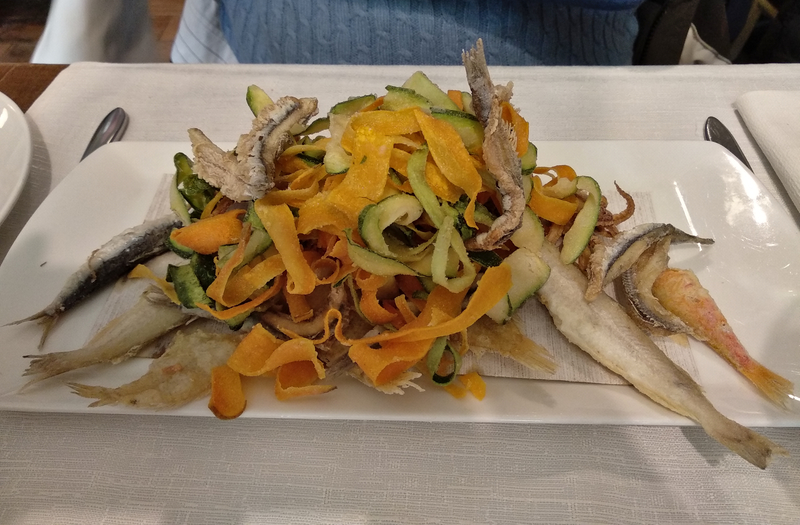

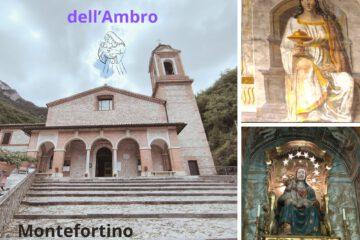

0 Comments